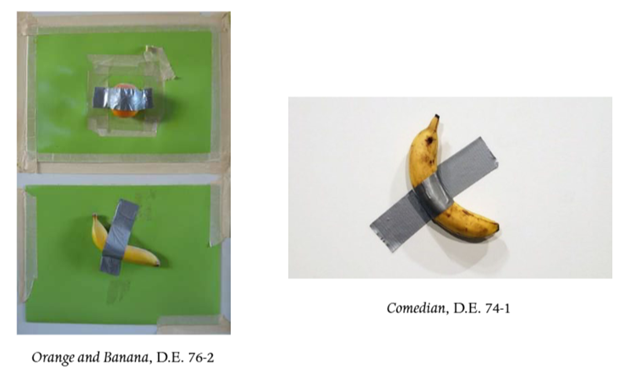The US Court of Appeals for the Federal Circuit clarified that a technical expert does not need to have been a person of ordinary skill in the art (POSITA) at the time of the invention. Instead, they may rely on later-acquired knowledge to offer testimony from the vantage point of a skilled artisan at the time of the invention. Osseo Imaging, LLC v. Planmeca USA Inc., Case No. 23-1627 (Fed. Cir. Sept. 4, 2024) (Dyk, Clevenger, Stoll, JJ.)
Osseo owns patents related to orthopedic imaging systems that use X-ray beam techniques to create tomographic and/or densitometric models of a scanned object. The alleged invention date of the patents was 1999. Osseo sued Planmeca for infringement of dental imaging systems that generate and display 3D models to a user.
At trial, the jury was instructed to determine the requisite level of ordinary skill and was told that a POSITA would have a bachelor’s degree in electrical or computer engineering, plus three to five years’ experience working in a diagnostic imaging environment that uses the techniques described in the asserted patents. During cross-examination, Planmeca sought to demonstrate that Osseo’s technical expert did not have the requisite experience in 1999, the alleged date of invention. The jury returned a verdict that Planmeca infringed the asserted patents.
After trial, Planmeca moved for judgment as a matter of law (JMOL), arguing that Osseo’s expert’s testimony should be disregarded because he was not a POSITA at the time of the patents’ alleged date of invention in 1999. The district court denied the motion as legally incorrect. Planmeca appealed.
Planmeca argued that the district court erred in denying JMOL because although Osseo’s expert became a POSITA eight to 10 years after the time of the invention, he was not so skilled at the time of the invention, and thus the verdict could not be supported by his testimony. The Federal Circuit reiterated that “[to] offer expert testimony from the perspective of a skilled artisan in a patent case – like for claim construction, validity, or infringement – a witness must at least have ordinary skill in the art.” The Court rejected Planmeca’s argument to add a timing requirement that the expert must have possessed the requisite ordinary skill in the art at the time of the invention. Instead, the expert must be qualified to offer testimony from the vantage point of a skilled artisan.
The Federal Circuit explained that it made little sense to add a timing requirement because an expert could acquire the necessary skill level later and develop an understanding of what a POSITA knew at the time of the invention. The Court noted that the fact that the expert was not a POSITA at the time of the invention may well be used during cross-examination to undermine the credibility of the expert but also noted that an expert could avoid such potential damage by explaining how they gained the perspective of a POSITA at the time of the invention.
Accordingly, the Federal Circuit affirmed [...]
Continue Reading
read more

 Subscribe
Subscribe



